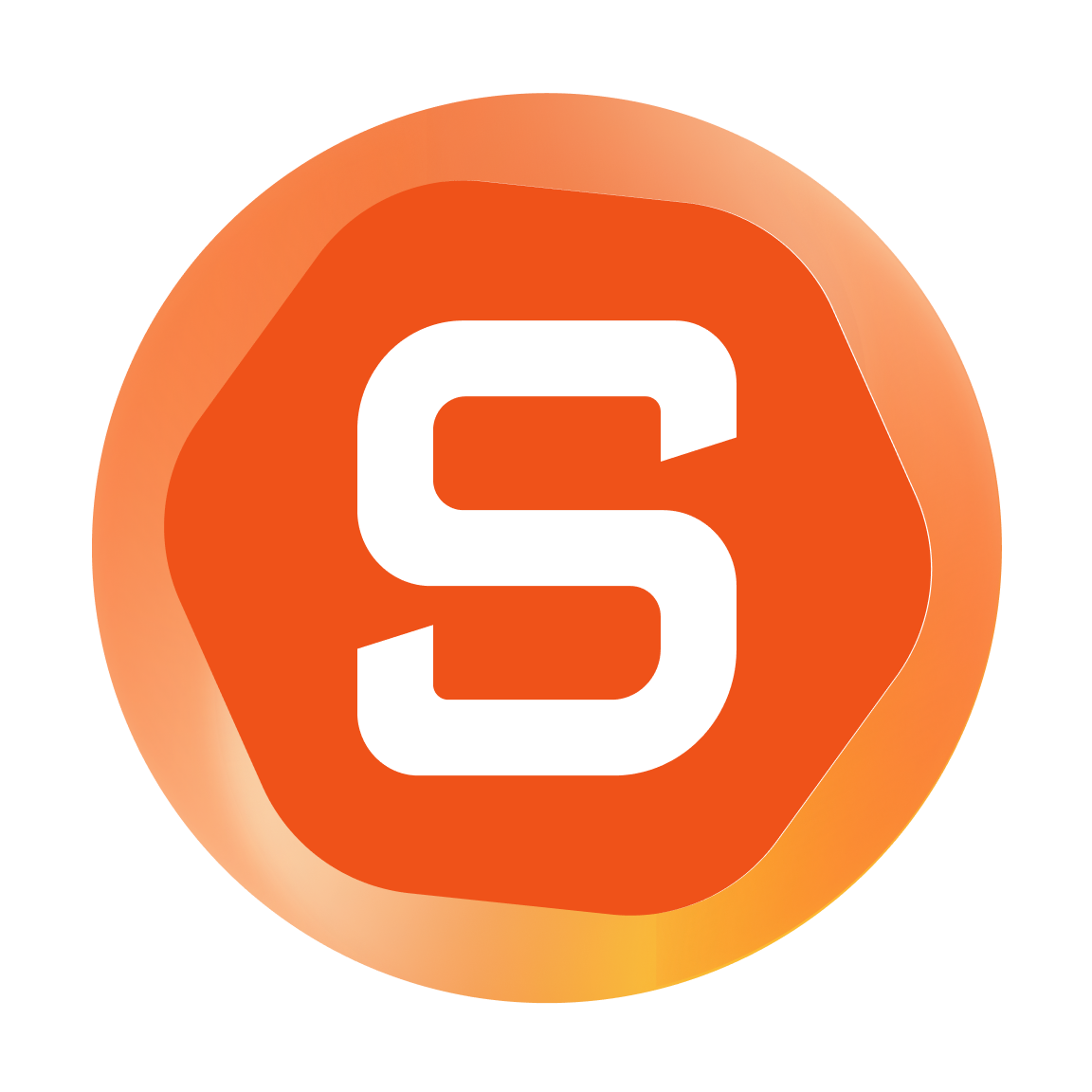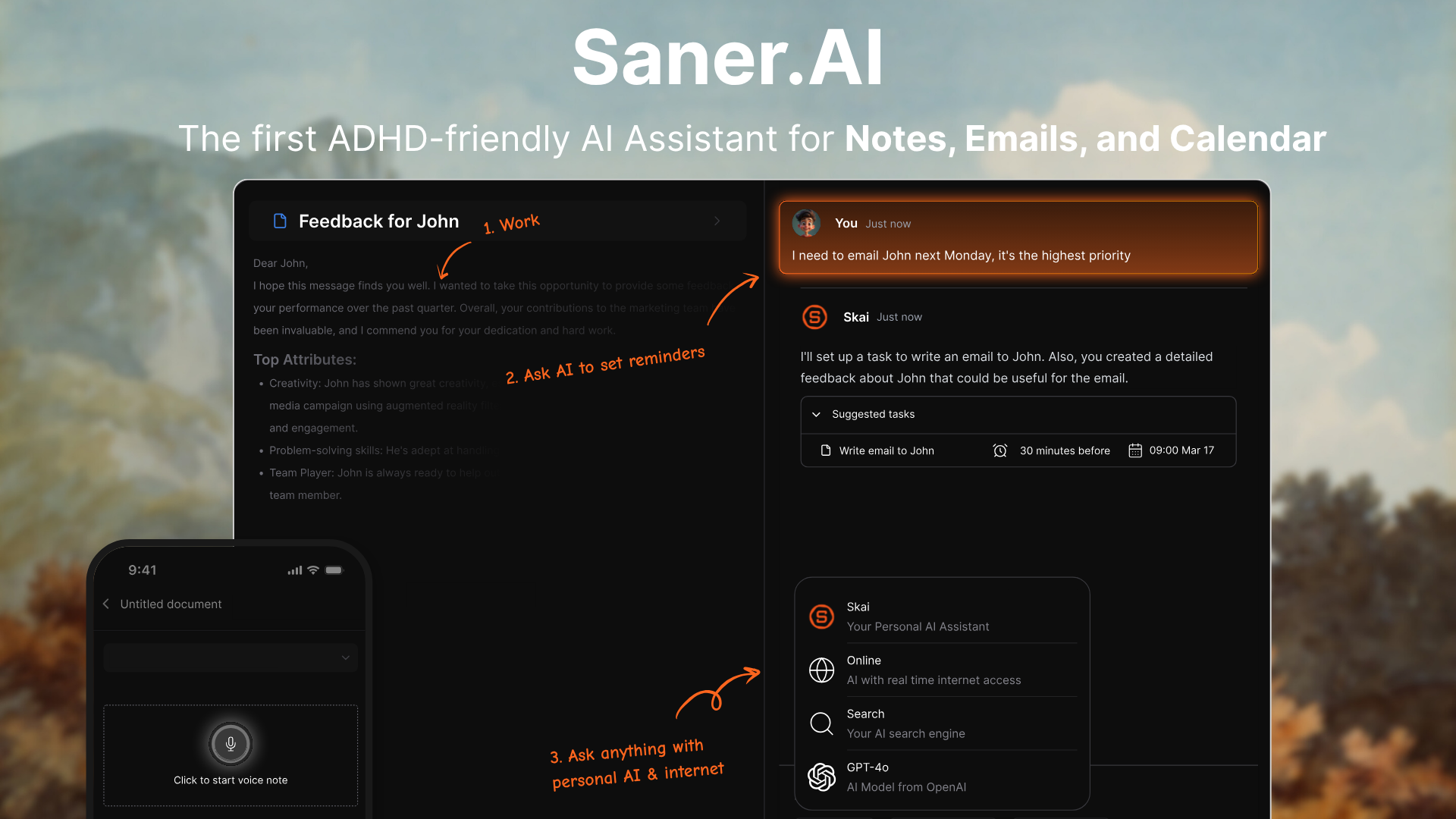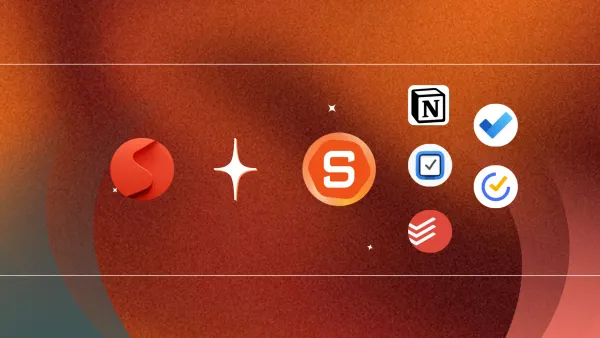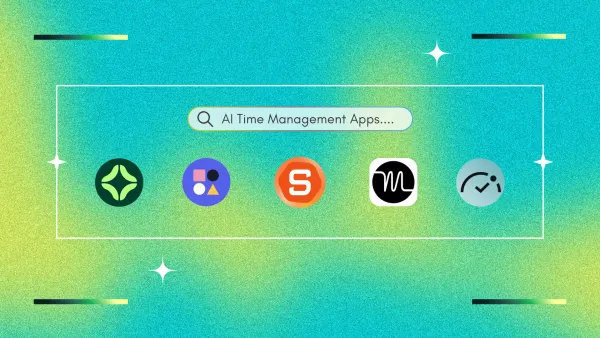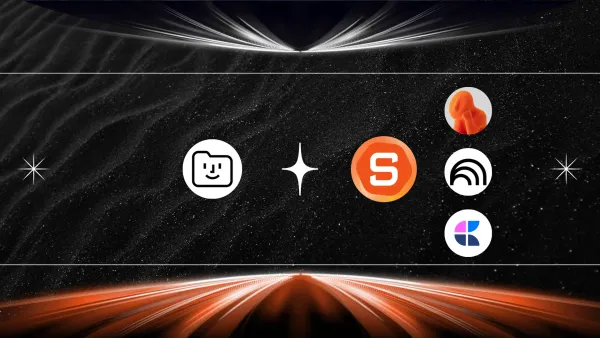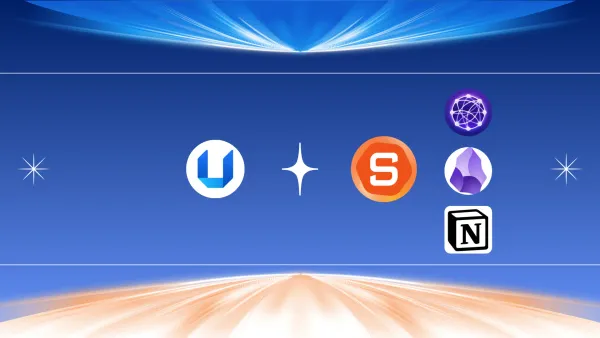The Best Virtual Assistant Tools in 2025: Get more things done with AI
The Best Virtual Assistants Tools in 2025 are Saner.AI, chatGPT, Calendly, Zapier, and Jasper

Whether you're an overwhelmed solo entrepreneur or a fast-moving remote team, virtual assistants - both human and AI - have become essential for staying productive without burning out.
In the past, “virtual assistant” meant hiring someone on Upwork to manage your calendar or emails. Today, it can also mean leveraging powerful AI tools like ChatGPT, Saner.AI, or Perplexity to think, plan, write, and automate tasks faster than ever.
In this guide, you'll find a hand-picked, categorized list of the best virtual assistant tools available, so you can get more done with less effort.
We wrote this guide for:
- Virtual assistants looking to sharpen their toolkit
- Entrepreneurs trying to do it all (without doing it alone)
- Anyone curious about blending human and AI support to save time
Let’s dive into the best tools that will help you reclaim your time, one task at a time
What Is a Virtual Assistant Tool?
A virtual assistant tool is any software or platform that helps you delegate, automate, or streamline work, just like a real assistant would.
Traditionally, virtual assistants were humans -freelancers or remote professionals handling tasks like scheduling, email, and research. Today, they’re joined by AI tools that can write emails, summarize meetings, manage calendars, and even hold intelligent conversations.
Types of Virtual Assistant Tools:
- Scheduling & Calendar Tools – Automate your availability and meetings.
- Email & Communication Tools – Prioritize, reply, and manage inbox chaos.
- Writing & Content Tools – Draft content with AI speed.
- Knowledge & Memory Tools – Store notes, tasks, and thinking trails.
- Automation Platforms – Connect apps and build workflows.
- AI Chatbots – Context-aware, helpful conversations on demand.
- Human VA Marketplaces – Outsource tasks to real professionals.
Best Virtual Assistants Tools by Type
📅 Scheduling & Calendar Management Tools
If you’re wasting time coordinating meetings or double-booking, these tools will save your sanity.
🔹 Saner.AI
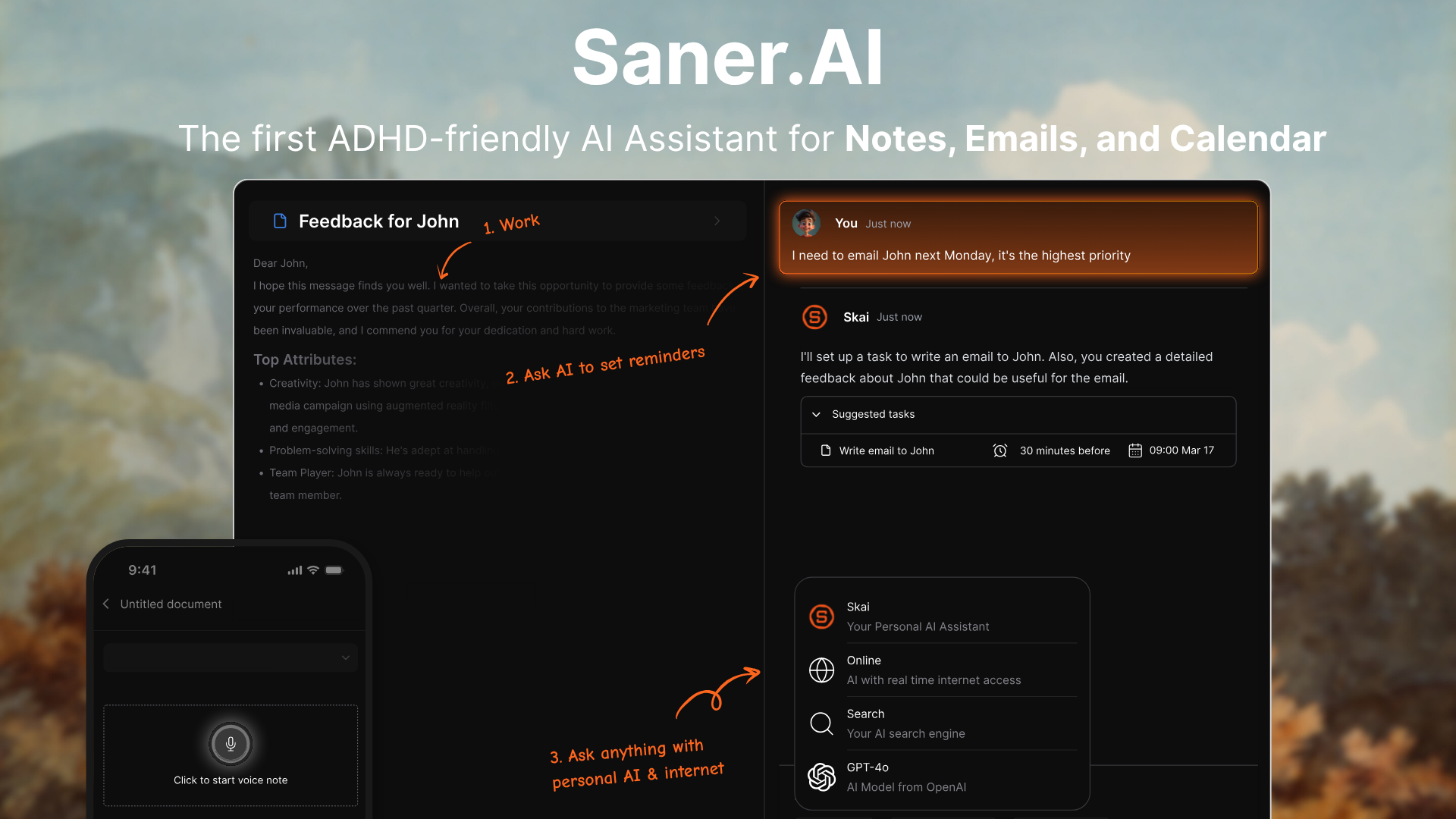
What it does: Saner.AI is an AI Virtual Assistant for personal and professional work. You can just chat to manage notes, tasks, emails, and calendar.
Pros:
- A Central Place: Your tasks, information, and related knowledge are all in one place (Emails, Slack, Notion, notes in Saner.AI, etc.)
- Proactive AI: Every morning, AI scans all your info and suggests an optimal plan for the day
- AI Organization: AI auto-tags your notes and sorts and prioritizes tasks based on your preferences and habits.
- AI Knowledge Assistant: Skai helps you recall and synthesize your notes. Just ask and get clear, direct answers from your notes
- AI Task Assistant: It helps you break down tasks, suggest solutions & remind you to do the work
- Intuitive Interface: Easy to learn and use, even for beginners and ADHDers
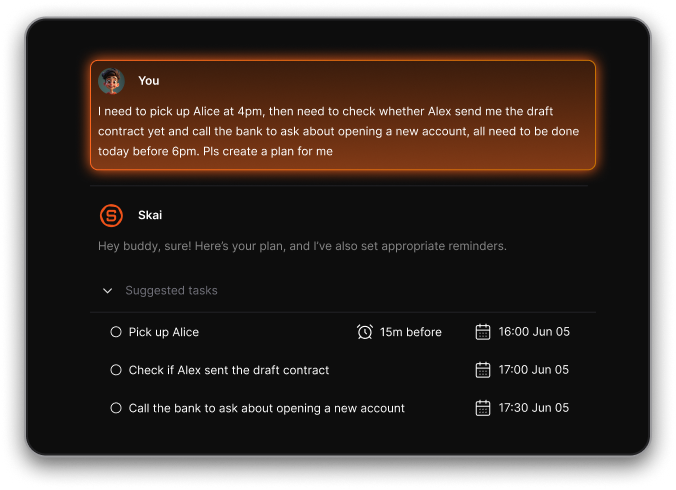
Cons:
- Requires internet access for full functionality
Ideal for: Entrepreneurs, executives, managers, or knowledge professionals, especially with ADHD
Saner.AI review

How to start using it?
- Visit the Saner.AI website and sign up for an account
- Explore the app's features, starting with basic note-taking and task creation.
Get more things done in less amount of time
🔹 Reclaim.ai

What it does:
Automatically schedules your tasks, habits, and meetings using AI to optimize your calendar in real-time.
Pros:
- Smart time-blocking that adapts to changes
- Syncs with Google Calendar
- Balances meetings with focus time and personal tasks
Cons:
- Only works with Google Calendar, no mobile app
- Slight learning curve to fully utilize smart features
Ideal for:
Busy solo entrepreneurs and VAs juggling personal and work tasks across a single calendar.
Reclaim.AI Reviews (source)

🔹 Motion

What it does:
Combines task management with calendar scheduling - automatically plans your day based on deadlines and availability.
Pros:
- Automatically reschedules tasks when plans change
- AI prioritization based on urgency and deadlines
- Built-in project and team collaboration features
Cons:
- Pricey (30$/month) for individuals
- Can feel cluttered and overwhelming
Ideal for:
Teams that want an AI planner that runs on autopilot.
Motion reviews (source)

🔹 Clockwise

What it does:
Optimizes team calendars by automatically rearranging meetings to free up long stretches of focus time.
Pros:
- Smart meeting batching
- AI-powered focus time protection
- Slack and Asana integrations
Cons:
- Best value comes in team environments
- Can be overkill for solo workers
Ideal for:
Remote teams manage multiple people's calendars.
🔹 Calendly
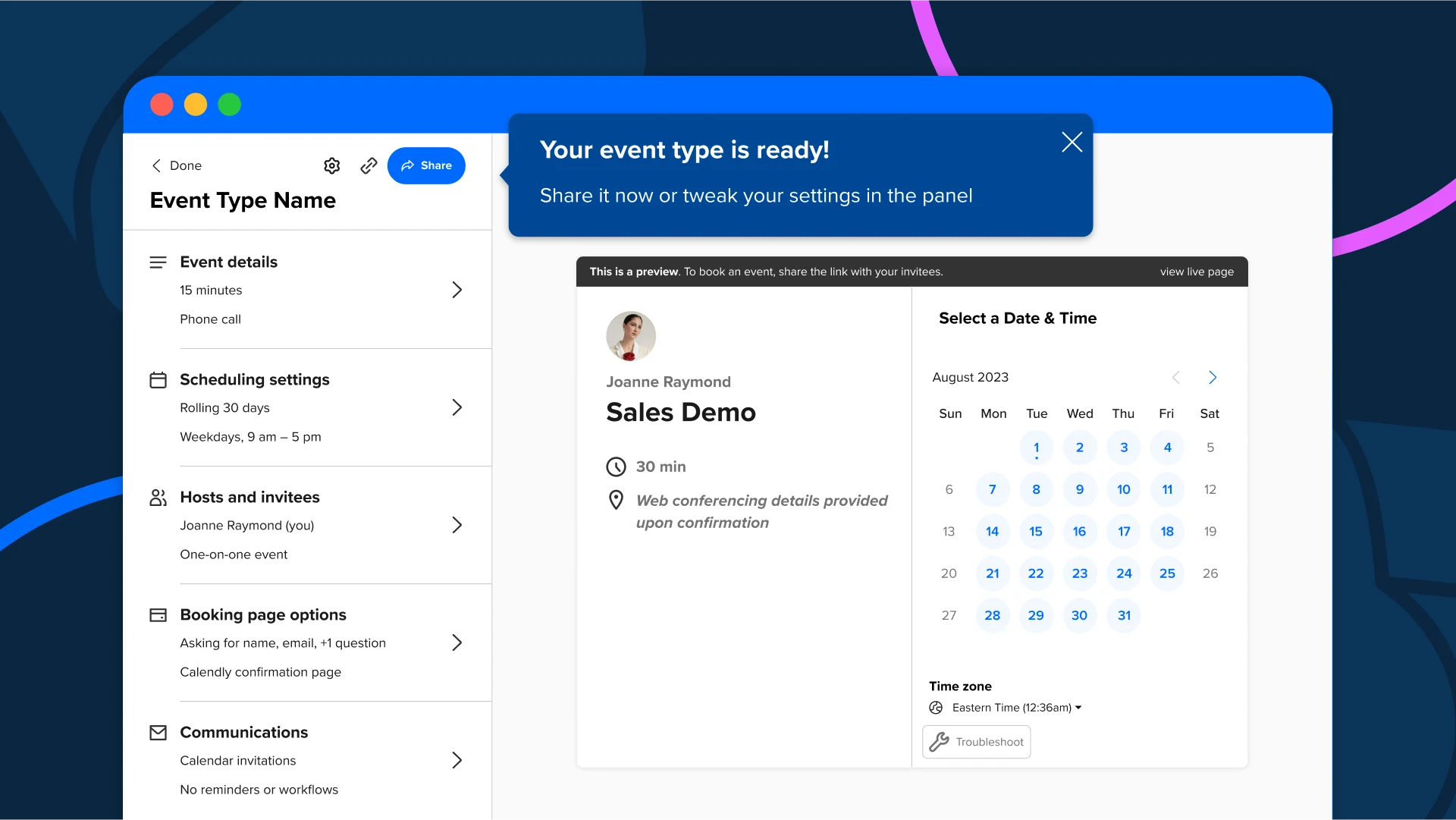
What it does:
Simplifies meeting booking by letting others pick a time that works for you based on your availability.
Pros:
- Easy to use and widely adopted
- Supports group meetings and workflows
- Integrates with Zoom, Google Meet, Outlook, and more
Cons:
- Limited customization on the free plan
- Not a full calendar tool - works best alongside other apps
Ideal for:
Freelancers, coaches, and VAs are scheduling meetings with clients or leads.
📬 Email & Communication Tools
Inbox chaos? These tools use AI and smart design to keep you in control.
🔹 Saner.AI

What it does: Saner.AI is an AI Virtual Assistant for personal and professional work. You can just chat to manage notes, tasks, emails, and calendar.
It scans your email and automatically suggests action items for each message. You can edit these tasks, and once accepted, they’ll appear in your task list and calendar, making sure you never forget to follow up.
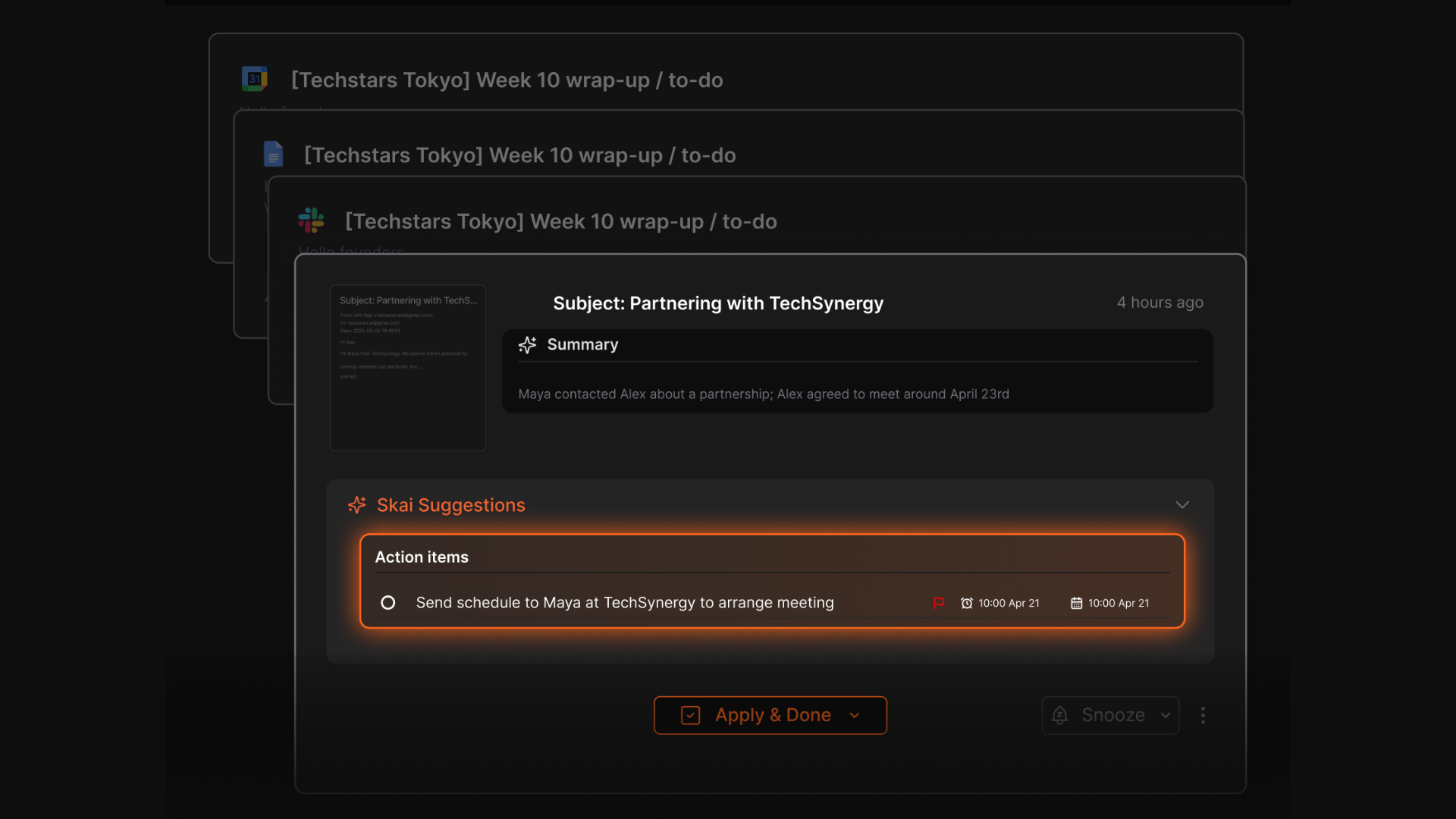
🔹 Superhuman
What it does:
A blazing-fast email client that streamlines Gmail with powerful keyboard shortcuts and AI-assisted writing.
Pros:
- Lightning-fast interface
- AI-powered email replies and summarization
- Smart inbox prioritization and reminders
Cons:
- Premium pricing ($30/month)
- Only supports Gmail and Outlook
Ideal for:
Power users and productivity-focused VAs who want to move through email quickly
Superhuman review 4.7/5 (source)

🔹 Shortwave

What it does:
A modern Gmail client that organizes emails by conversation, offers smart AI summaries, and speeds up replies.
Pros:
- Built-in AI summaries and responses
- Clean, chat-style layout for emails
- Thread grouping and real-time search
Cons:
- Only works with Gmail accounts
- The interface may feel unfamiliar at first
Ideal for:
Remote teams and virtual assistants handle a high volume of client or team communication.
🔹 Missive

What it does:
A collaborative email platform that lets teams share inboxes, assign messages, and work together on replies.
Pros:
- Real-time collaboration and shared inboxes
- Internal chat and task features built in
- Supports Gmail, Outlook, IMAP
Cons:
- Can be overkill for solo users
- Slight learning curve for team onboarding
Ideal for:
VAs who manage multiple inboxes or need to coordinate replies with clients or teams.
🔹 Sanebox

What it does:
Filters your inbox automatically, keeping only important emails upfront and organizing the rest into folders.
Pros:
- Works with nearly any email client
- Learns your habits and improves over time
- Minimal setup, runs quietly in the background
Cons:
- No native mobile app, looks quite basic
- Lacks built-in reply or writing features
Ideal for:
Overwhelmed users looking to reduce inbox noise
✍️ Writing & Content Creation Assistants
Great for social media, blog posts, cold emails, and outlines - fast.
🔹 Jasper
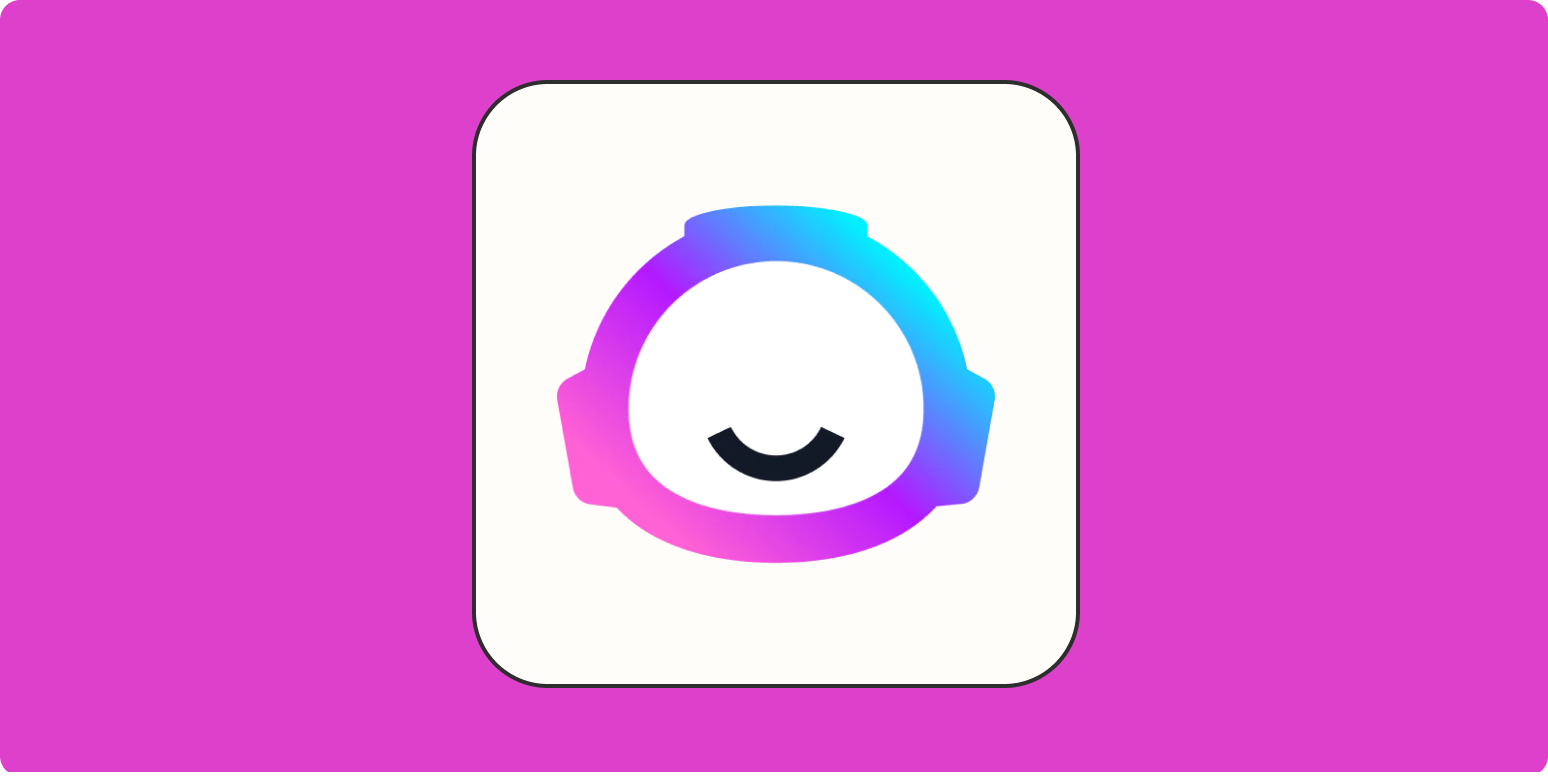
What it does:
An AI writing platform with pre-built templates for ads, blogs, emails, and more, designed especially for marketers.
Pros:
- Extensive templates for different content types
- Brand voice features for consistent tone
- Supports team collaboration and workflows
Cons:
- It can get expensive for solo users
- Some templates feel rigid without customization
Ideal for:
Marketing VAs or content creators handling blog posts, product copy, and promotional content at scale.
Jasper review (source)

🔹 Copy.ai
What it does:
Generates short-form and long-form content quickly, using intuitive workflows and minimal setup.
Pros:
- Great for brainstorming and idea generation
- Supports multiple tones and content goals
- Clean interface and free plan available
Cons:
- Long-form outputs may need editing
- Fewer collaboration features than Jasper
Ideal for:
Freelance VAs and solopreneurs looking for quick, creative content without a steep learning curve.
Copy.ai review (source)

🔹 ChatGPT (Plus)

What it does:
A versatile AI chatbot that can draft content, answer questions, summarize research, and even write code.
Pros:
- Extremely flexible and customizable
- Fast responses and support various tones
- Plugins and custom GPTs for tailored workflows
Cons:
- Requires clear prompting to get the best results
- The free version has limitations compared to GPT-4
Ideal for:
Anyone looking for a powerful, all-purpose AI assistant, great for brainstorming, drafting, or even editing.
🔹 Notion AI

What it does:
Adds AI capabilities directly into Notion to summarize notes, generate content, and structure documents.
Pros:
- Seamless integration into existing Notion workflows
- Great for summarizing meeting notes or writing briefs
- Useful for organizing and refining ideas
Cons:
- Works best if you're already using Notion
- AI output is basic compared to Jasper or ChatGPT
Ideal for:
VAs and team members who already use Notion to manage content, SOPs, or documentation.
Notions reviews (source)
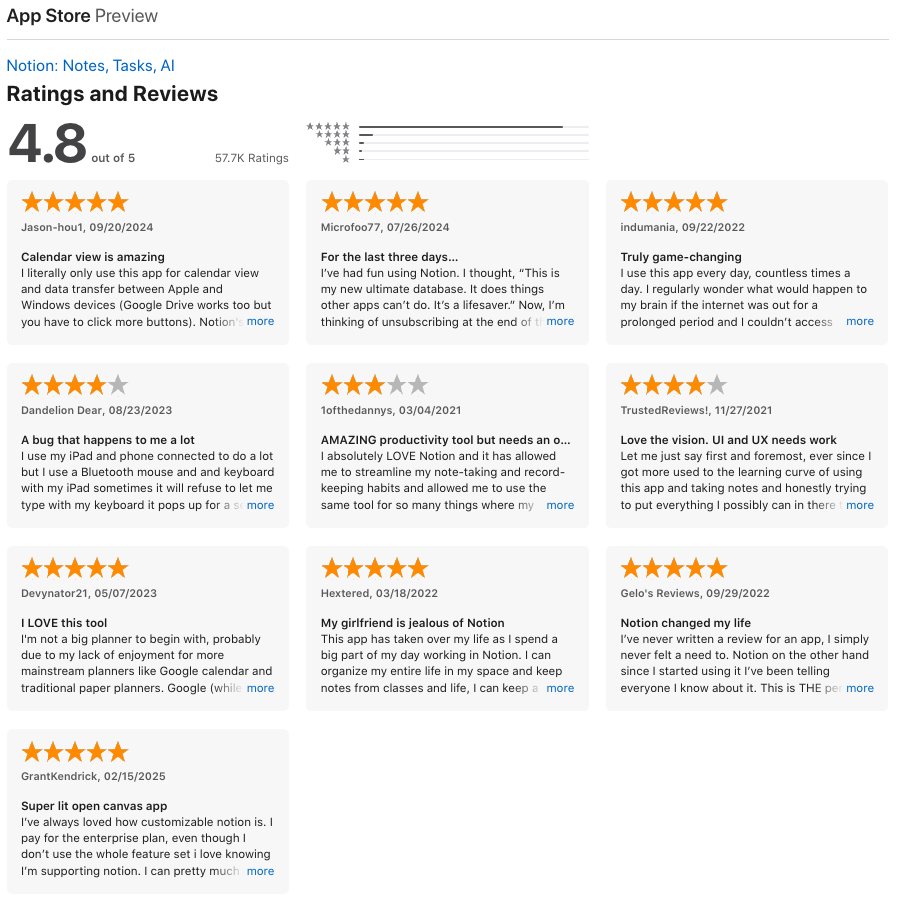
🧠 Personal Knowledge & Memory Assistants
These tools help you capture ideas, recall information, and build a second brain - so you never lose track of important thoughts, tasks, or context.
🔹 Saner.AI
What it does:
Saner.AI is an AI second brain that understands your notes and helps you uncover insights by connecting ideas across documents.
Pros:
- Search for anything across Notes, Gmails, and Google Drive easily with natural language
- Designed to reduce distractions and support ADHD workflows
- Great for surfacing buried ideas or forgotten notes
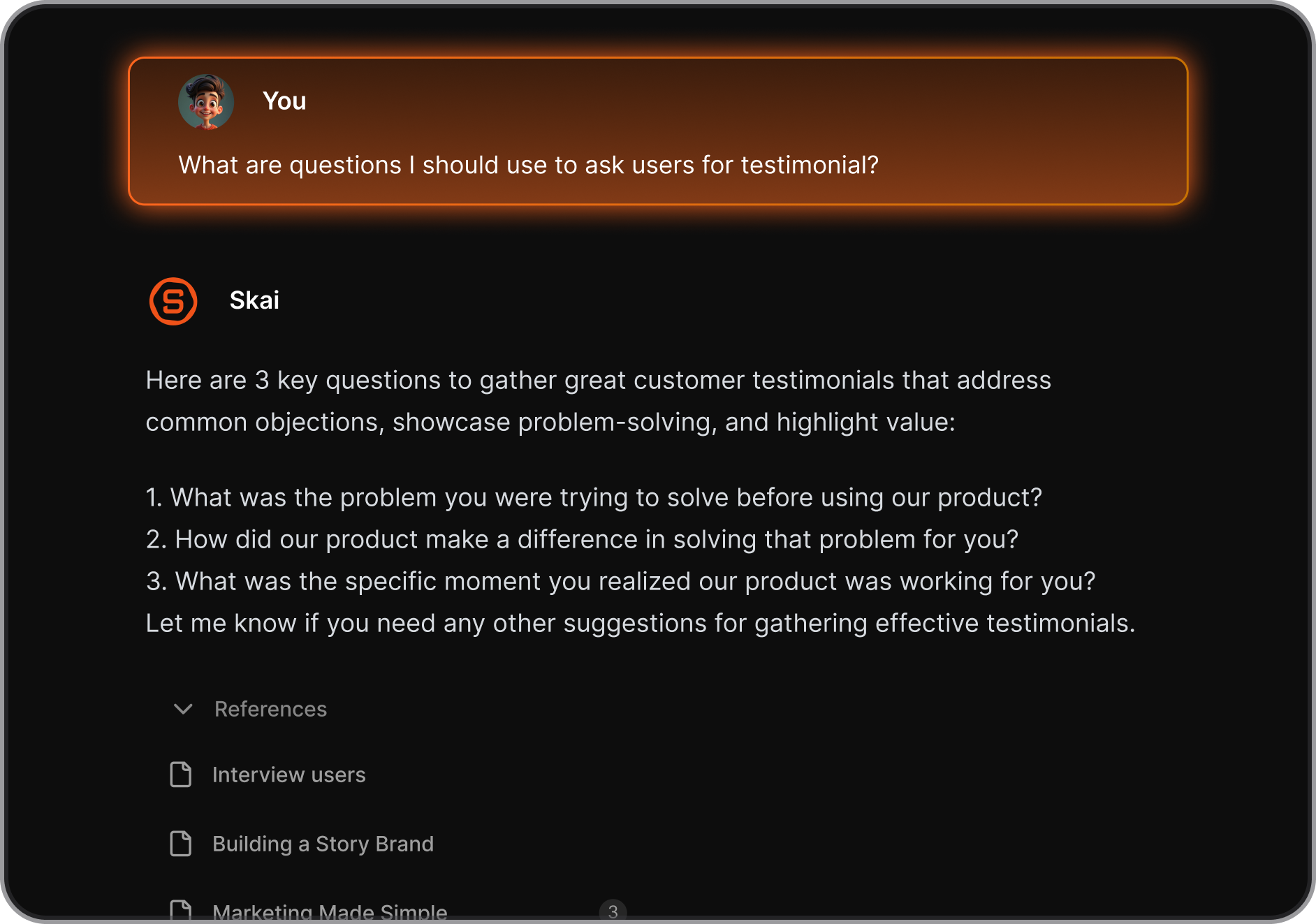
Cons:
- Still in early development - some bugs or rough edges
- Not ideal for users who want a rigid structure or databases
Ideal for:
Entrepreneurs, researchers, and VAs who think in scattered thoughts and want help making sense of it all.
🔹 Mem
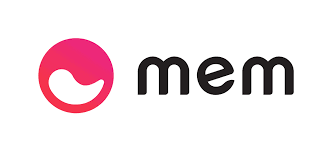
What it does:
A lightweight knowledge assistant that auto-captures notes, links, and tasks with minimal friction and smart organization.
Pros:
- Fast capture with auto-tagging and smart organization
- Natural language search
- Works passively in the background
Cons:
- Limited customization compared to Notion
- It may not suit users who prefer folders or manual organization
Ideal for:
Busy professionals and VAs who want a frictionless “dump-and-forget” style second brain.
🔹 Reflect
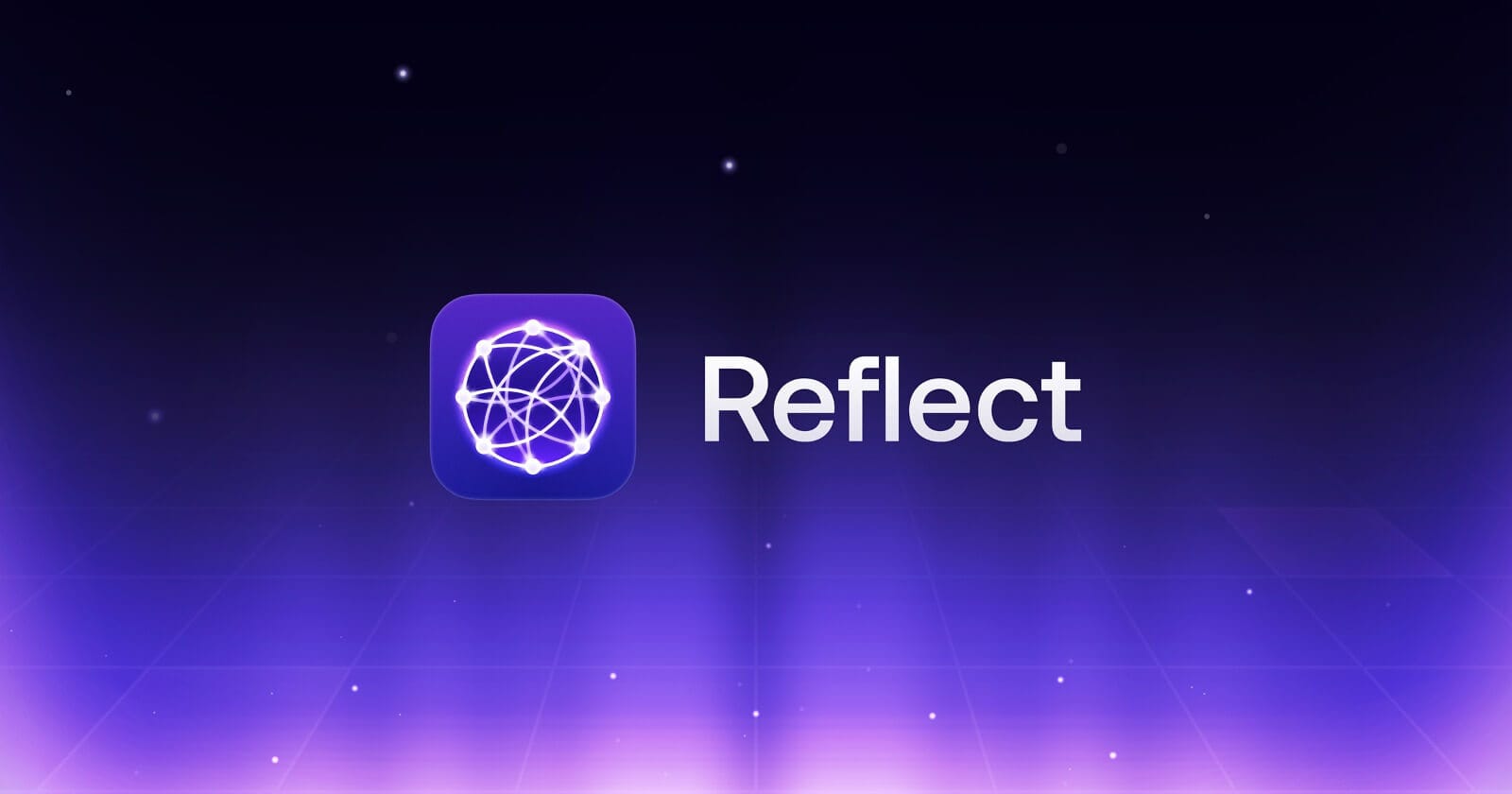
What it does:
A private, markdown-based thinking tool with backlinks, journaling, and calendar integration.
Pros:
- Bi-directional linking for deep connections
- Clean, distraction-free interface
- Daily note and journaling workflow built in
Cons:
- Less automation than AI-first tools
- Might not scale well for complex projects or teams
Ideal for:
Writers, deep thinkers, and solo VAs who journal or reflect regularly and want their thoughts to connect over time.
🔁 Automation & AI Agents
These tools help automate repetitive tasks, connect your apps, saving time and reducing manual effort.
🔹 Zapier
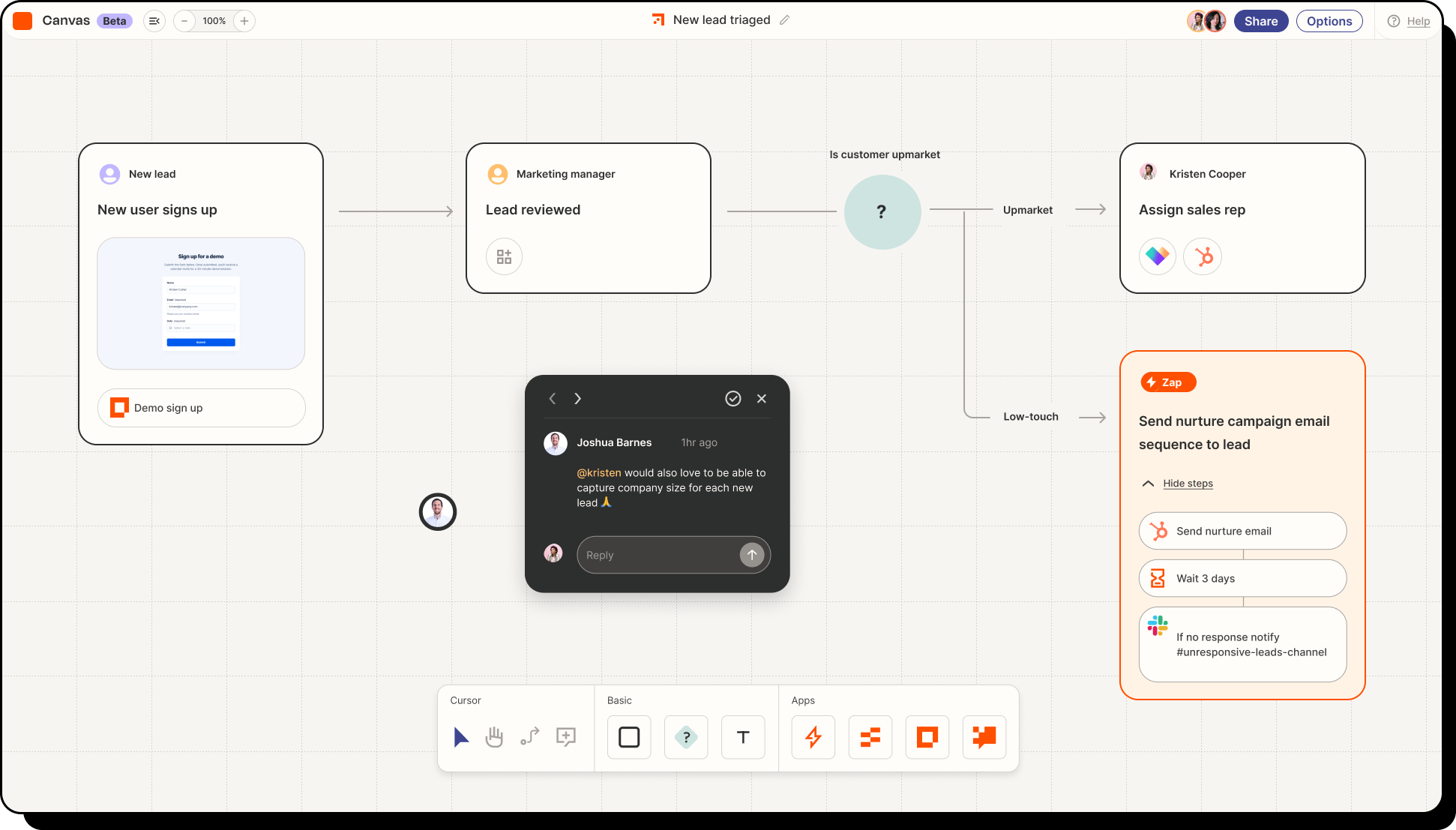
What it does:
Connects your favorite apps and automates workflows without any coding, using “Zaps” made from triggers and actions.
Pros:
- Huge app directory (5,000+ integrations)
- Easy-to-use interface for building automations
- No coding required
Cons:
- Pricing can rise quickly with usage
- Some advanced features are behind a paywall
Ideal for:
VAs and solo entrepreneurs who want to automate repetitive tasks like email forwarding, CRM updates, or task creation.
Zapier review (source)

🔹 Make

What it does:
A powerful automation platform that offers visual, customizable workflows with complex branching and logic.
Pros:
- Extremely flexible and powerful for advanced automations
- Visual builder with real-time execution maps
- More affordable than Zapier for high-volume users
Cons:
- Steeper learning curve for beginners
- The interface can feel technical at first
Ideal for:
Tech-savvy VAs or remote teams who want advanced automation beyond Zapier’s limitations.
🔹 n8n
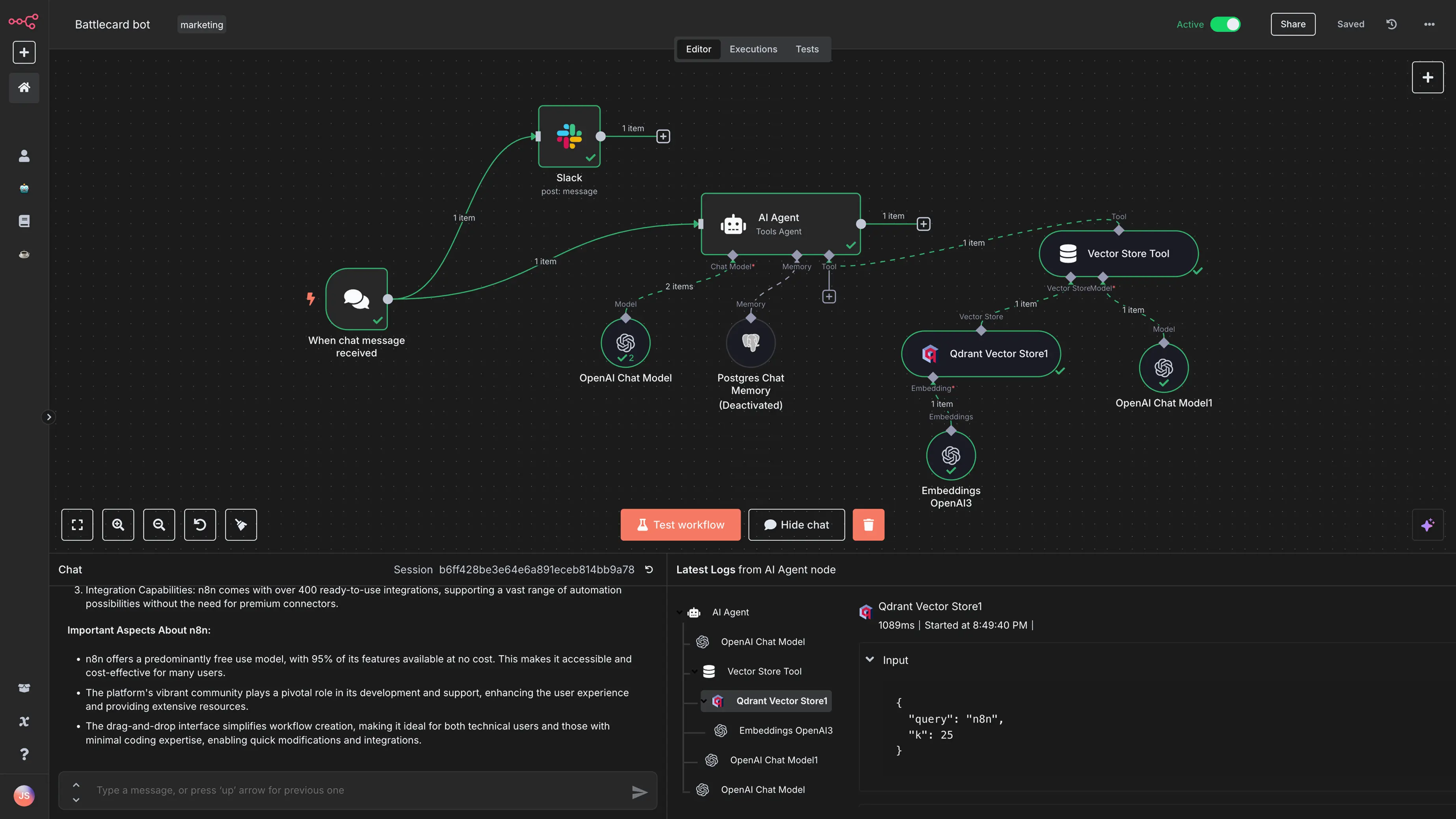
What it does:
A powerful open-source automation tool that allows you to self-host or run on the cloud, with code-level customization and no vendor lock-in.
Pros:
- Fully open-source and free to self-host
- Supports advanced logic and scripting
- Ideal for privacy-sensitive workflows
Cons:
- Requires technical knowledge or a dev-friendly environment
- Setup takes longer than plug-and-play tools like Zapier
Ideal for:
Developers, technical VAs, or privacy-conscious teams looking for full control over automations.
🔹 Relay
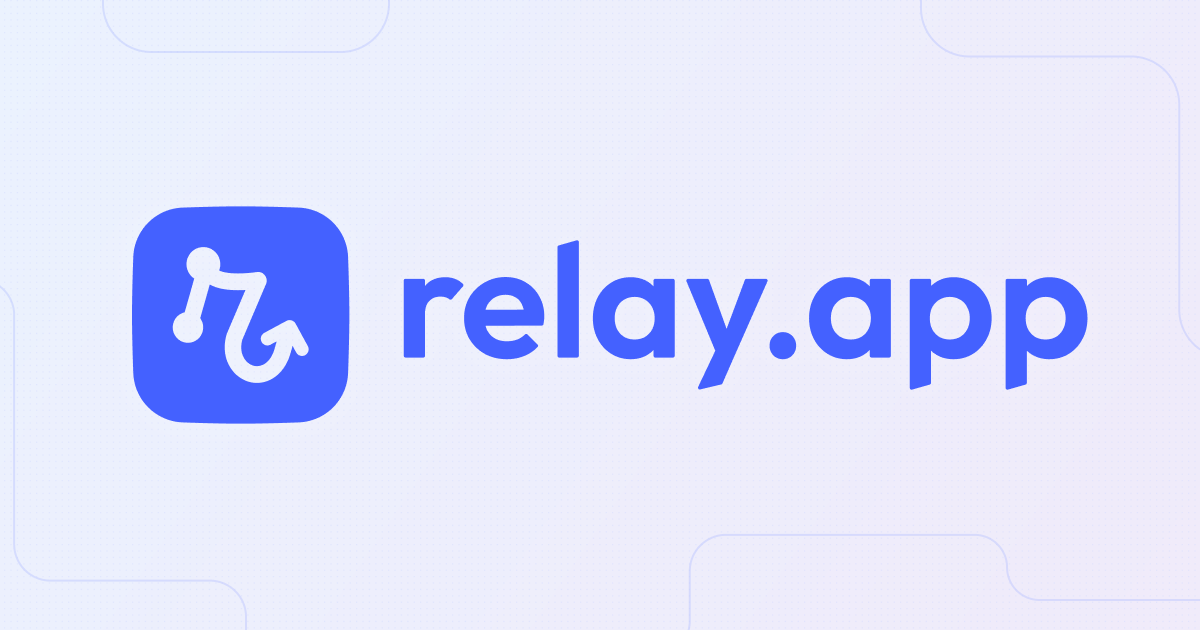
What it does:
A workflow automation tool that combines AI assistance, automation, and human review in one platform.
Pros:
- Shared automations with built-in human checkpoints
- Easy for non-technical users to follow and edit workflows
- Useful for team-based tasks like approvals, reports, and handoffs
Cons:
- Smaller app ecosystem than Zapier or Make
- Newer product, so fewer integrations and templates
Ideal for:
Teams and VAs who want to blend automation with human oversight, for example, reviewing AI-written content before publishing.
💬 AI Chatbot & Conversation Assistants
These AI assistants are designed to answer questions, summarize content, hold intelligent conversations, and even help with research - perfect for VAs and entrepreneurs needing fast, contextual support.
🔹 ChatGPT
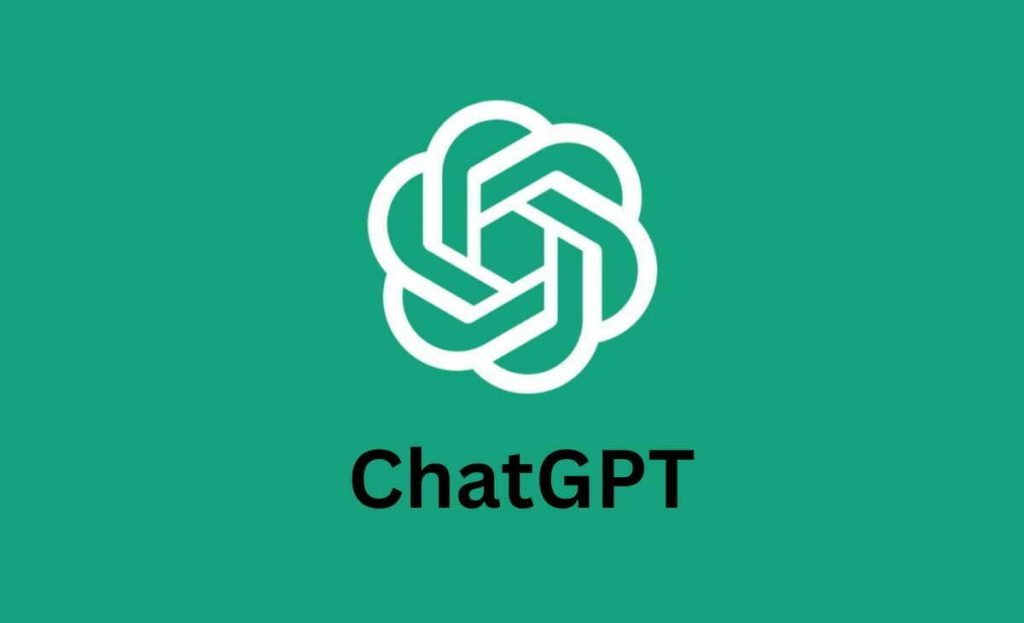
What it does:
A versatile AI chatbot that helps with writing, summarizing, brainstorming, coding, research, and more
Pros:
- Extremely flexible and easy to use
- Custom GPTs and memory for personalized workflows
- Plugins and file uploads are available (Pro version)
Cons:
- The best features require the paid plan
- Responses may need fact-checking for accuracy
Ideal for:
VAs, solo workers, and content creators who want an all-in-one AI assistant to speed up their thinking and doing.
🔹 Claude

What it does:
An AI assistant known for long memory and thoughtful, safe conversations—great for digesting long documents or multi-step tasks.
Pros:
- Handles long-form documents better than most chatbots
- Thoughtful and less likely to “hallucinate” answers
- Often free with generous input limits
Cons:
- Fewer integrations and plugins compared to ChatGPT
- Slower updates and fewer interface customizations
Ideal for:
VAs and researchers working with large documents or needing in-depth, structured thinking support.
🔹 Pi.ai

What it does:
A personal AI designed for emotional support, thoughtful dialogue, and coaching-style interactions.
Pros:
- Friendly, conversational tone
- Good for daily reflection or talking through problems
- Available across web, mobile, and messaging apps
Cons:
- Not ideal for task automation or deep research
- More “coach” than “doer”
Ideal for:
VAs and solo founders who want a supportive, reflective AI companion for light thinking, journaling, or emotional check-ins.
🔹 Perplexity.ai

What it does:
An AI search engine and chatbot that delivers cited answers, summaries, and follow-up suggestions - like Google meets ChatGPT.
Pros:
- Cited sources and real-time web search
- Great for research, summaries, and digging deeper
- Fast and easy to use
Cons:
- Lacks deep integration with productivity tools
- It can feel more like a smart search tool than a task assistant
Ideal for:
VAs are doing research, content prep, or quick fact-checking with reliable sources
👥 Human Virtual Assistant Marketplaces
Sometimes, no AI can replace the judgment, nuance, or hands-on help of a real person. These platforms connect you with vetted human virtual assistants for admin, marketing, bookkeeping, and more.
🔹 Belay
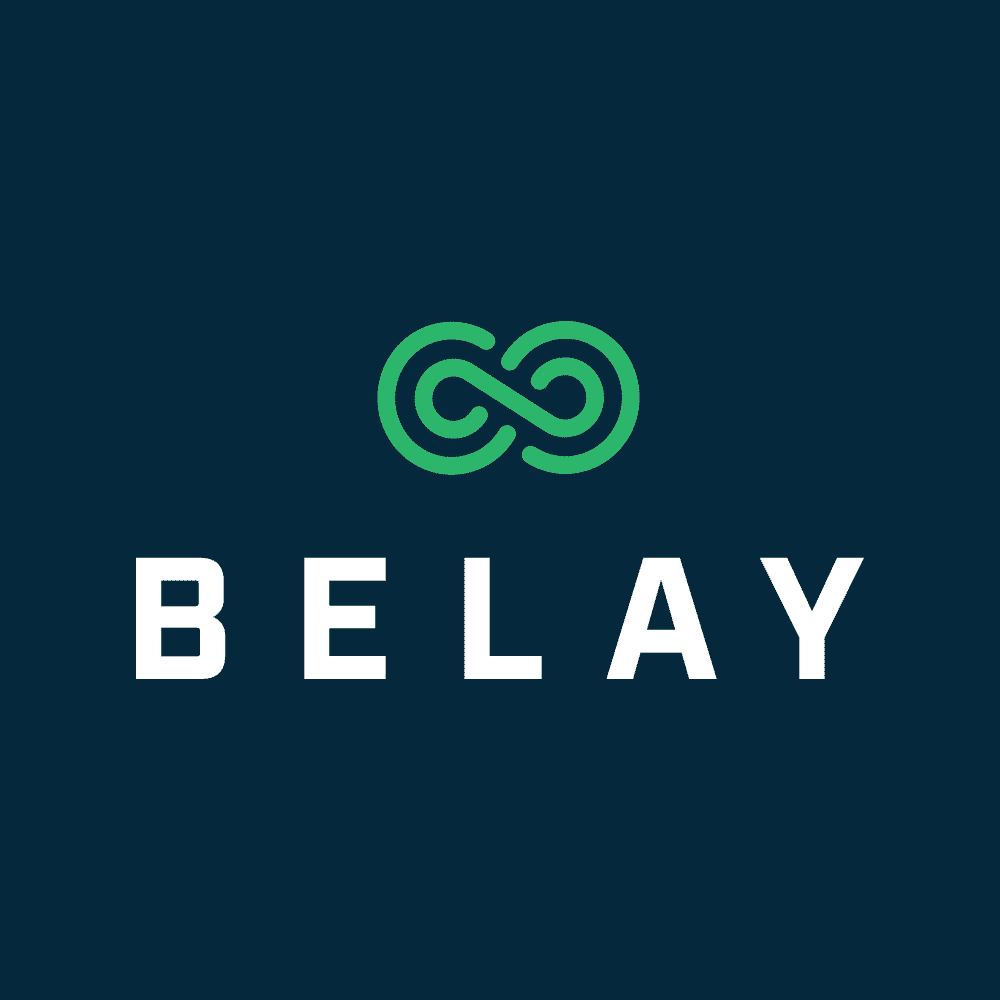
What it does:
Matches you with U.S.-based virtual assistants for executive support, bookkeeping, and social media management.
Pros:
- High-quality, pre-vetted assistants
- Focus on long-term matches
- Excellent for professional admin and operations support
Cons:
- Premium pricing, starting at several hundred dollars/month
- U.S.-only talent limits global options
Ideal for:
Executives, founders, and teams looking for dedicated long-term VA support with a high degree of professionalism.
🔹 Time Etc
What it does:
Offers part-time, U.S. and UK-based virtual assistants for a wide variety of business tasks on an hourly model.
Pros:
- Affordable hourly plans
- Easy to get started
- Good for flexible, ongoing help
Cons:
- Limited hours per month unless you upgrade
- Less consistency if you're using multiple assistants
Ideal for:
Small business owners or solo entrepreneurs needing a few hours of reliable support each week.
🔹 Fancy Hands

What it does:
Provides on-demand virtual assistant help for small tasks, using a pool of U.S.-based assistants who work in shifts.
Pros:
- Fast turnaround for one-off tasks
- Low-cost entry point (monthly plans with task credits)
- No long-term commitment
Cons:
- No dedicated assistant—different person may handle each task
- Not ideal for complex or ongoing projects
Ideal for:
Busy individuals and VAs who want to offload quick, repetitive tasks like scheduling, calling, or research.
🔹 Upwork

What it does:
A global freelance platform where you can find, hire, and manage virtual assistants and other specialists by the hour or project.
Pros:
- Huge pool of global talent at all price points
- Reviews, ratings, and client histories help with vetting
- Supports both short- and long-term engagements
Cons:
- Quality varies—requires careful selection
- Platform fees can add up for both sides
Ideal for:
Entrepreneurs and teams looking for flexible, budget-conscious help with the freedom to scale as needed.
🧠 How to Choose the Right Virtual Assistant Tool
Choosing the best tool isn’t just about features - it’s about fit. Here’s how to think it through:
🧩 Key Factors to Consider:
- Purpose: Are you automating tasks, managing time, writing content, or communicating?
- Budget: Some tools offer generous free plans, others start at $30/month+.
- Platform Compatibility: Ensure the tool integrates with your calendar, email, or existing stack.
- Ease of Use: Don’t get stuck in tools that require hours to configure.
- Privacy & Security: Critical for those handling sensitive client or team information.
🏁 Final Thoughts
Virtual assistants - whether human, AI, or a hybrid - are no longer just a luxury. They’re the secret weapon behind highly productive people and teams.
With the right stack of tools, you can automate low-value tasks, organize your thoughts, communicate better, and actually get more done with less stress.
Use this guide as your go-to reference. Test a few tools, mix and match, and build the assistant system that works for you.
Best Tools for Virtual Assistants: FAQ
1. What are the best tools for virtual assistants today?
The best tools for virtual assistants combine automation, communication, scheduling, and task management—all in one smooth workflow. Top-rated tools include:
- Saner.AI – A Personal GPT that turns notes, chats, and tasks into an organized workspace
- Notion – Flexible for knowledge bases and project templates
- Replay – Easy AI Agent
- Calendly - Book meeting with other people
Each tool fits different needs—some VAs prefer all-in-one platforms, while others combine several lightweight apps.
2. What makes a tool good for virtual assistants?
A great VA tool should:
- Save time – Automate repetitive tasks like scheduling, replies, or reminders
- Reduce mental load – Keep track of multiple clients or projects without being overwhelmed
- Centralize work – Notes, tasks, and communication in one place
- Adapt to your workflow – Not the other way around
For example, tools like Saner.AI let you talk to your workspace. You can ask it things like:
“Remind me to send the invoice to Taylor tomorrow”
“Find last month’s meeting notes with the client”
“Summarize this email chain and turn it into tasks”
3. Are there free tools for virtual assistants?
Yes - many powerful tools offer generous free plans:
- Saner.AI – Free plan with AI reminders, calendar sync, and natural language search
- ChatGPT – Free AI chat access for content drafting and summaries
- Canva – Free version includes thousands of templates
- Trello – Basic free boards for simple project tracking
You can start small, then upgrade only when your workload demands it.
4. What’s the best tool for time management as a VA?
If you juggle multiple clients, deadlines, and meetings, look for tools that understand time context. Three strong options:
- Saner.AI – Combines calendar, tasks, and smart reminders into one interface
- Reclaim.ai – Dynamic time blocking based on your work hours
- Motion – Auto-schedules tasks by priority and availability
Saner stands out for its ability to interpret your notes and turn them into scheduled tasks automatically.
5. Can AI tools really help virtual assistants?
Absolutely. AI tools can:
- Draft replies and summarize emails
- Auto-schedule tasks from messages or notes
- Pull up relevant files instantly
- Help you prioritize across multiple projects
VAs who use AI like Saner.AI or ChatGPT often save hours each week by cutting context switching and letting the assistant do the heavy lifting.
6. What’s the best tool for VA content creation?
If you manage content for clients, your go-to tools might include:
- Canva – Drag-and-drop graphics, social posts, and branded assets
- ChatGPT or Gemini – Quick drafts, rewrites, and idea generation
For content planning, Notion or Saner.AI can help organize drafts, publish dates, and client briefs in one place.
7. Can virtual assistants use Personal GPTs?
Yes - and they’re becoming a secret weapon. A Personal GPT is like your private AI co-pilot. You can:
- Ask it to summarize notes or emails
- Turn messages into tasks or reminders
- Search across your notes with just one question
- Stay focused without jumping across tools
Saner.AI, ChatGPT, and Gemini are leading options, each built with different strengths. Saner.AI is especially good for VAs who want everything in one distraction-free space.
8. What’s the best tool for solo virtual assistants vs agency teams?
For solo VAs:
- Saner.AI – Handles notes, calendar, and reminders with no setup
- Trello – Lightweight and visual
- Grammarly + Canva – Sharp writing and graphics
For VA teams or agencies:
- ClickUp – Team dashboards, docs, and time tracking
- Notion – Scalable documentation and client collaboration
- Zapier – Connects all your apps automatically
Start solo-friendly, then scale your stack as your team grows.
9. Do these tools work on mobile?
Most do. Many VAs rely on tools that support on-the-go productivity:
- Saner.AI – Mobile-friendly AI interface for voice-to-task and instant search
- ChatGPT - Handy chat & voice mode on mobile
- A good VA tool works where you work—desktop, mobile, or both.
10. How do I choose the best virtual assistant tools?
Ask yourself:
- Do I spend too much time switching between apps?
- Am I forgetting small tasks or client follow-ups?
- Do I need to write, design, or organize content regularly?
- Would automation save me time?
If you answered yes to any of the above, start with one of the best tools for virtual assistants, then build your own tech stack from there. Tools like Saner.AI help you stay organized without adding friction.
Best Virtual Assistant Tools
